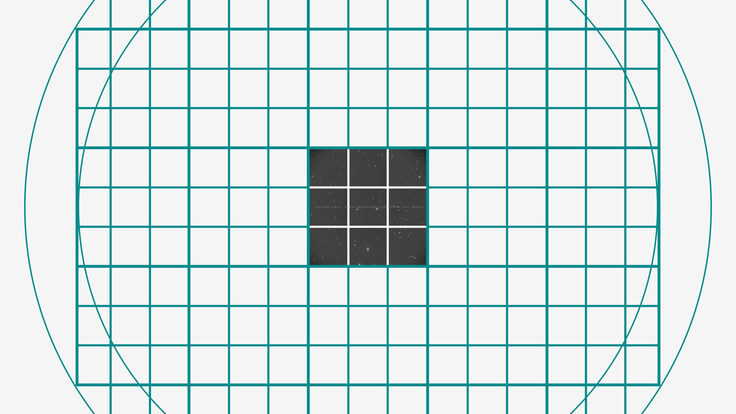Members of the team planning the accelerator project that will power Fermilab's future experiments announced this week that they have developed ways to construct the project in three stages.
With their eyes on the tight federal budget, scientists plan to divide the endeavor, called Project X, into phases in order to lessen the initial costs. Last month, the U.S. Department of Energy asked Fermilab to look into ways to build the proposed Long Baseline Neutrino Experiment in stages for the same reason.
"As much as we'd like to have the full Project X at one time, we respect that funding cannot support that," said Bob Tschirhart, project scientist for the research program. In total, Project X is estimated to cost between $1 billion and $2 billion.
Project X is a proposed proton accelerator complex that could throughout its stages provide beam for more than 20 experiments. These experiments would each take about 50 to 300 scientists to run -- as opposed to experiments at particle colliders such as Fermilab’s now-closed Tevatron or the Large Hadron Collider, the collaborations for which can number in the thousands.
According to a study conducted by the laboratory, the full suite of Project X experiments could support 1,500 to 2,000 users from around the world, roughly the same number who worked on experiments at the Tevatron.
New particles, even those beyond the energy scale accessible at the Large Hadron Collider, can affect the ways other particles such as muons, kaons and the nuclei of atoms behave. Future Fermilab experiments powered by Project X would focus on sending high-intensity beams of particles through sensitive detectors to catch these effects in action. But scientists need to use multiple indirect searches to make a clear picture.
“It’s kind of like a game of Clue,” Tschirhart said. “If you observe a muon converting into an electron, it tells you the murder happened in the dining room. But you still don’t know what the weapon was. Each experiment helps us see the pattern.”







